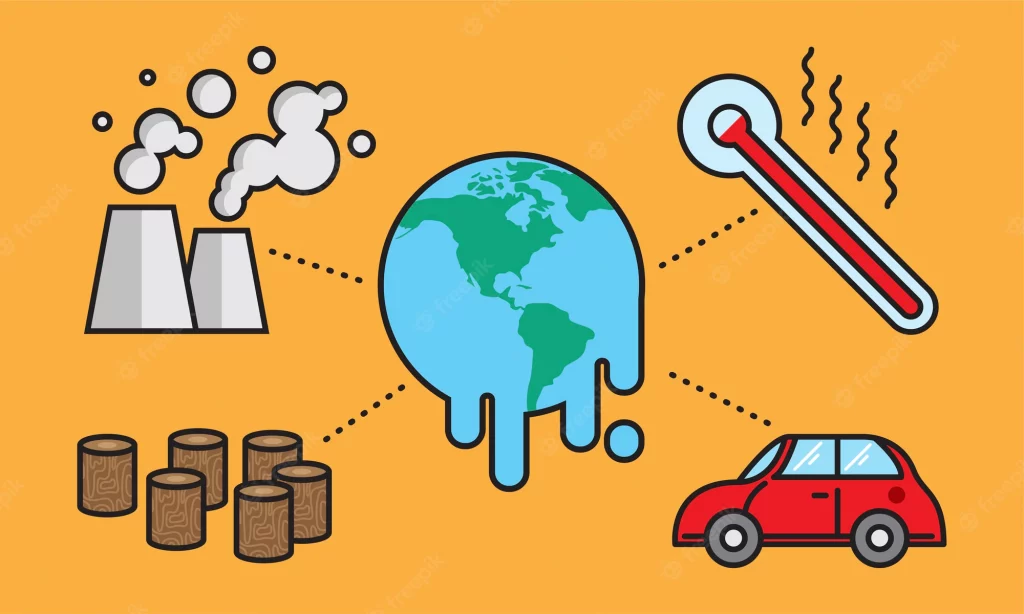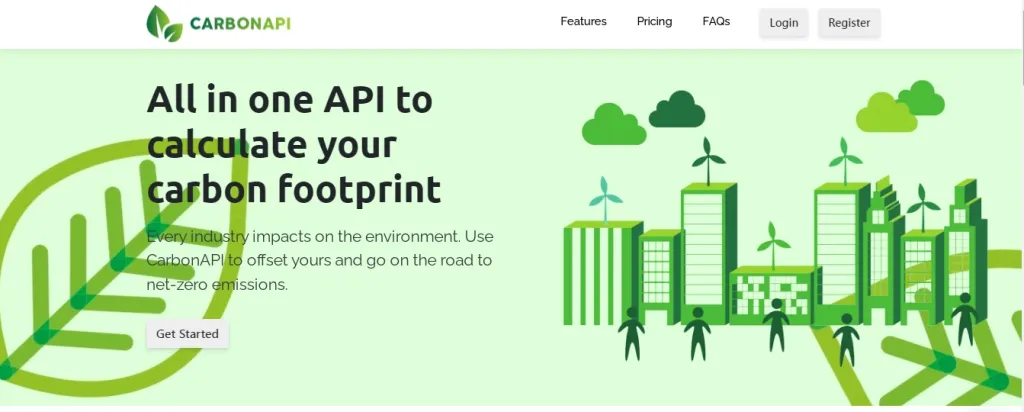The atmosphere has changed. The concentration of CO2 is higher than ever, the average temperature since the industrial revolution has increased by about 1°C and the climate forcing (the difference between the sunlight absorbed by the Earth and the energy radiated back into space) has increased during that period by 2.3 watts per square meter. All these numbers make for a complicated equation. To solve it, science is already working on different alternatives, learn more about them by reading this article.
What Does Transportation Have to Do with Greenhouse Gases?
During the 20th century, the revolution of mechanization and industrialization spread through the West hand in hand with coal. But to this source is added another also rich in carbon: petroleum. The invention of the automobile and, above all, the mass production of cars from the hand of the Ford T in 1913 triggers the burning of oil and CO₂ emissions.
Today, the transportation sector generates the largest amount of carbon emissions globally. Our highways are almost entirely occupied by cars and vehicles burning fossil fuels that cause carbon emissions. Aviation (aircraft in flight) is another area of the transport sector that consumes vast amounts of fossil fuels and is responsible for 10% of global emissions within the transport sector.
Maritime and air transport, which account for 5% of global emissions, requires attention. Improvements in technologies and operations can increase fuel efficiency but projected higher demand indicates that this will not result in decarbonization and absolute CO2 reductions. Both sectors must combine energy efficiency with a rapid shift away from fossil fuels.
How Can We Make A Change?
There are a number of ways being investigated to reduce CO2 in the atmosphere. The Spanish CSIC and the Technical University of Freiberg (Germany) are investigating an innovative method to store the gas safely underground. It is not technically easy, but it is feasible. The idea is to capture this carbon dioxide and contain it underground. The problem: as porous and permeable rocks located between one and three kilometers deep are usually used, there is a risk of leakage.
However, a big change can be made by limiting and reducing daily gas emissions. In order to know the number of greenhouse gases (GHG) emitted directly or indirectly by an organization or an individual, it is essential to calculate the carbon footprint. From there, environmental policies can be implemented to reduce or neutralize these emissions.
The formula for calculating the carbon footprint is simple since the result is obtained by multiplying the consumption data (activity) by the corresponding emission factor according to the type of fuel or gas used. However, it can be complex for a company to keep track of what is happening in multiple areas, so Carbon Calculator APIs, such as CarbonAPI, has become popular to do it in less time and in a scientific way.
More About CarbonAPI
If you are looking for a simple way to know the gas emissions generated by your activity, then CarbonAPI is for you! This tool is widely valued in the market by companies that are looking to contribute to the fight against global warming. By integrating this tool it will be very easy for you to obtain accurate information and numbers about the gas emissions of each sector.
This API is also very helpful to measure the impact of green policies that have been implemented. In addition, it allows you to share these numbers with the general public in a simple way. For example, the API can be integrated into a specific website for that purpose. Carbon API is a simple but professional tool that can work on all kinds of digital platforms as it provides answers in most programming languages.



